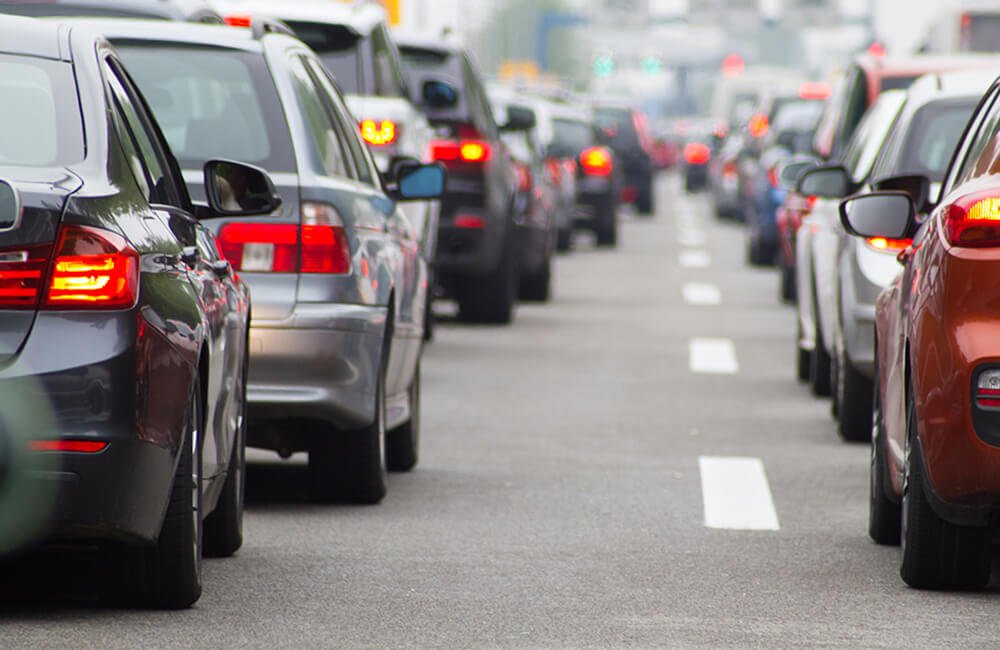Concerns are growing among car manufacturers that private ownership is suffering attacks on a number of fronts. Much like previous campaigns such as that against smoking, pressure groups are using a number of tools to make it both less socially acceptable and practically more inconvenient to own a car. As with smoking, there is no suggestion private car ownership should ever be made illegal; rather, by taking away some of its associated pleasures, less people will be tempted to do it. In the case of car ownership, there is both commercial and societal pressure forcing this issue, which represent something of a carrot and stick approach.
The Stick – Making Ownership Less Attractive
There are many ways in which drivers often wish they’d left their cars at home. Although the pleasure of jumping into an MOT tested, roadworthy vehicle, in your own driveway and heading off to wherever you want to go is still there, this is often replaced by a sense of dread when that destination is reached. This is quite often due to financial concerns; congestion charges are rising again in London, and it’s likely that parking on foot-ways will soon be made illegal across England, as it already is in the capital. As local authorities very rarely actually put down yellow lines, this will increase the likelihood of blocked roads, inaccessible bins and local confrontations.
Although many drivers would prefer to park in secure multi-storey car parks, these are not easy to find and fill up very early in the day. They can also be very expensive, especially if used every day. Of course, on street parking is itself costly and hard to find; plus it brings an increased likelihood of theft and / or damage. Added to this is the ultimate sanction of having your vehicle picked up by a crane and driven off to a car pound if your ticket runs out.
Then there is political pressure. No less than a Member of Parliament has opined that owning a car is “20th century thinking,” and that society as a whole should be heading towards “shared mobility”. This opinion was expressed in particular against those who choose to drive their vehicles without passengers, a situation she found “staggering”.
The Carrot – Public Transport and Pay As You Go
Of course, much of this opprobrium often applies to drivers, rather than vehicle owners per se. As such, schemes to get people out of their cars for work journeys and leisure trips have been in place for many years, with varying results. The issue of public transport is a thorny one, especially since the pandemic. As the public was warned off using public transport during lockdowns, they have taken this to heart, and would rather not get back on it. The issue of personal safety against the virus has, in this case, added to the price, cleanliness, reliability and availability of buses and trains.
If car owners are unwilling to use public transport, however, a relatively new phenomenon has appeared which, some hope, will make actually owning a vehicle unnecessary, while still being able to drive one. This is the pay as you go (PAYG) model. There is great excitement in some parts of the motoring industry about this approach, as it seems to offer the best of both worlds.
One of the main selling points of PAYG is its cost. As more options come onto the market, the cost of driving under the scheme is now as low as £5 per hour. For a weekly or monthly shopping trip, this could be well worth the expense. In the long term, going PAYG avoids the commitment of buying a car, which is second only to buying a house; plus, the car depreciates as soon as it’s delivered or you drive it from the dealership and has to be MOT tested yearly.
In terms of the environment, PAYG means that drivers can get access to the very latest, cleanest vehicles, cutting emissions of carbon and toxic gases. Then, of course, the rollout of electric vehicles (EVs) can be taken advantage of, as new models come on the market to suit more and more drivers.
Pressure on Owners
While all these factors play themselves out on the public stage, those who own private cars will inevitably feel pressured into taking action. Those in the industry like checkmot.com who keep the UK’s vehicles safe will still be there to do so, whatever developments arise. Hopefully, owner drivers will still be able to enjoy their vehicles while they have them.
